Exclusive Neuroject Article: Safety is still of utmost importance in the hectic world of construction, where tall buildings rise from the ground. The safety of employees and residents must always come first as we work to build architectural wonders and reshape future skylines. Enter the revolutionary technological development of construction safety sensors, which is altering the way we approach safety in the building business.
This article examines the crucial function of construction safety sensors, examining their cutting-edge uses and their potential to change the construction industry. Modern gadgets like the Internet of Things (IoT), artificial intelligence (AI), and sophisticated data analytics are used to monitor and evaluate potential dangers in real-time. Safety sensors offer crucial data that enable stakeholders to take preventative action and reduce possible mishaps, from identifying structural instabilities and gas leaks to tracking worker movements and ergonomic concerns.
Safety sensors present a game-changing chance to create safer, more effective jobsite conditions in an era where sustainability and the human-centric approach to building are receiving more attention. We will examine significant case studies, industry uptake, and the prospects for this game-changing technology, demonstrating how construction safety sensors are not just an investment in risk reduction but also a commitment to creating a safer, more secure future for all those involved in the construction process. Come along on this educational journey as we investigate how these sensors are paving the way for a safer future in the dynamic field of construction.
Table of Contents
Introduction
The quest for advancement and architectural innovation in the constantly changing field of construction has been closely matched by the unshakable dedication to protecting the lives of employees and residents. The necessity for strict safety measures has never been more important as cranes lift big loads and structures rise higher.
The construction sector is on the cusp of a transformation, where cutting-edge technology is essential to protecting worker safety and boosting project effectiveness. The integration of modern construction safety sensors has become increasingly important as the construction industry develops in order to handle the dangers and risks that are constantly present on job sites.
The construction business faces a variety of dangers, from hectic metropolitan skyscrapers to complex infrastructure projects, which need constant monitoring and proactive intervention. The use of building site safety sensors heralds a paradigm shift in the way that safety is approached. These smart devices use cutting-edge technologies like the Internet of Things (IoT), Artificial Intelligence (AI), and advanced data analytics to detect, track, and mitigate potential hazards in real-time, in contrast to traditional safety practices that primarily rely on manual inspections and reactive responses.
The year 2024 will be a turning point for safety sensors because of how far they have progressed since their beginnings. These ground-breaking tools have demonstrated their value in reducing accidents, enhancing compliance with rules, and expediting construction operations. Safety sensors enable project managers and stakeholders to proactively identify potential hazards and take preventive steps, redefining safety standards within the sector through real-time data collecting and intelligence analysis.
Suggested articles for reading: IoT in Construction | AI in Construction | Sensor in Construction
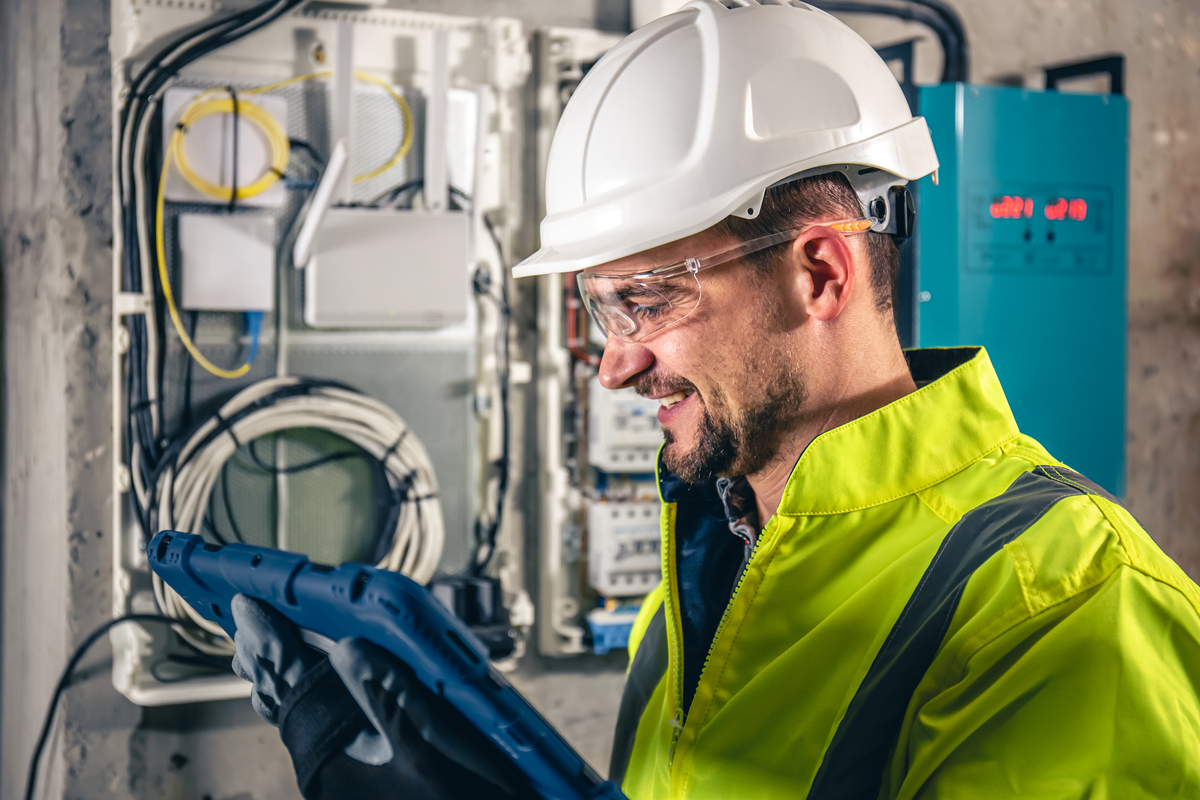
Understanding Construction Safety Sensors
Keeping employees safe is of utmost importance on construction sites because of the high-risk environment. In order to manage the inherent dangers and hazards present in the sector, construction safety sensors have become crucial instruments. With the help of these sophisticated sensors, project managers and other stakeholders may take preventative safety steps by spotting and monitoring potential threats. This section explores the idea of construction safety sensors, their operational tenets, and the kinds of information they may gather.
Construction site safety sensors are specialized tools that use cutting-edge technology to detect, gauge, and react to a range of safety-related data. These sensors can keep an eye on a variety of things, including but not limited to:
- Proximity and Presence
- Motion & Movement
- Temperature and Environmental Conditions
- Detection of Gases and Chemicals
- Structural Integrity
Different technologies, including ultrasonic, infrared, laser, RFID (Radio Frequency Identification), and IoT (Internet of Things), are used by construction safety sensors to operate. The sensors may now collect real-time data thanks to these technologies, which are then sent to a central monitoring system or to the mobile devices of project managers and safety authorities. The information gathered offers useful insights into potential dangers, enabling prompt interventions to stop accidents and injuries.
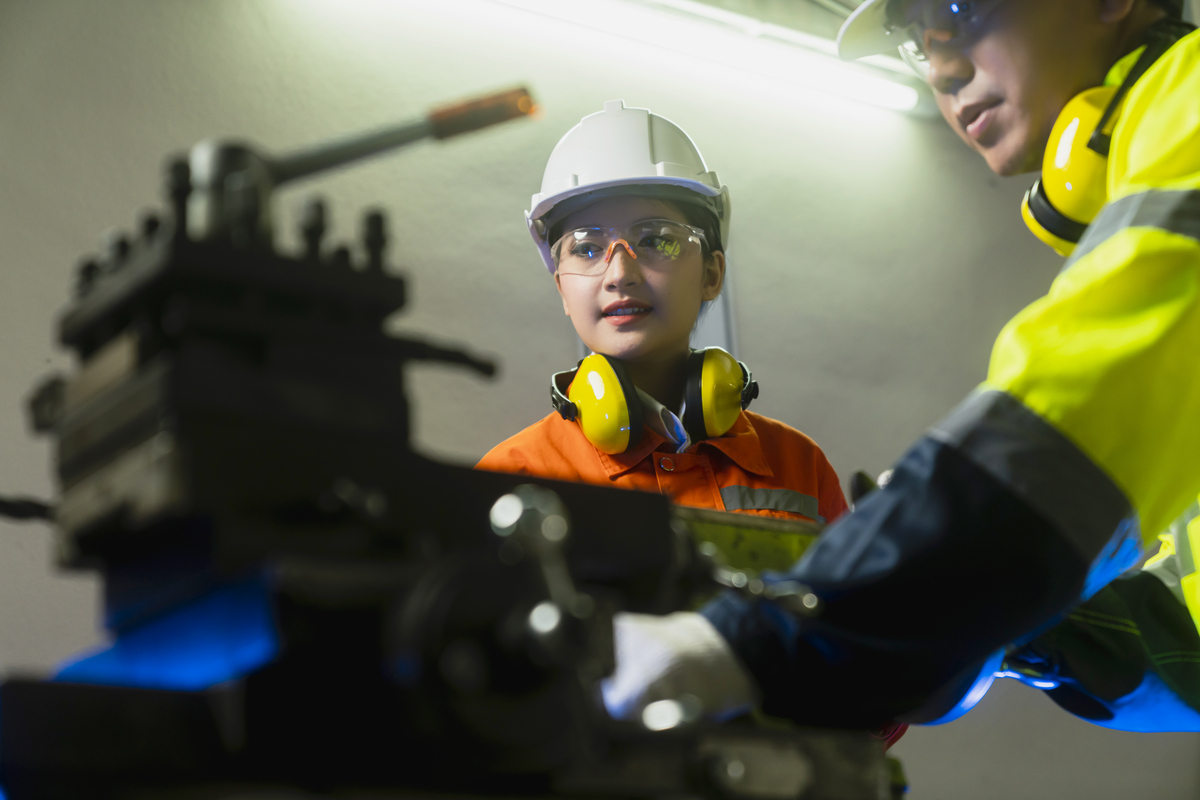
Evolution of Safety Sensors in Construction
There have been substantial improvements in safety sensors used in the construction sector throughout the years. Safety standards on building sites have been transformed by safety sensors, which have undergone a change from simple alarm systems to complex IoT-enabled gadgets. This section examines the significant turning points in the development of safety sensors and emphasizes the outstanding advancements made in ensuring worker safety.
Early Safety Alarms: Construction sites relied on simple safety alarms that could detect smoke, fire, and other risks in the early days of safety technology. These alarms served as an essential first line of defense, warning employees of potential threats and enabling them to leave the area in time. These systems couldn’t offer in-depth analyses of certain safety issues due to their scope limitations.
Introduction of Proximity Sensors: Proximity sensors revolutionized construction safety as technology improved. These sensors used laser, infrared, or ultrasonic technology to find people and things within a certain distance. The use of proximity sensors greatly decreased accidents brought on by blind spots and poor visibility by preventing collisions between employees and moving equipment.
RFID Technology Integration: RFID technology has been incorporated into construction safety sensors, providing improved tracking and monitoring capabilities. Real-time monitoring of the positions and movements of workers on the construction site was made possible by RFID tags incorporated into safety helmets and vests. This device enhanced quick response times in the event of accidents and increased the accuracy of headcounts during emergencies.
Improvements in IoT-Enabled Sensors: With the emergence of the IoT sensor technology underwent a paradigm shift. Large volumes of data could be gathered and transmitted instantly by IoT-enabled safety sensors. These sensors offered a thorough perspective of the site’s ambient factors, equipment status, and personnel activity. Project managers could anticipate potential dangers and proactively implement preventive actions by examining this data.
Smart Safety Wearables: As safety sensors advanced, smart safety wearables, such as smart helmets and vests, were created. These wearables feature numerous sensors, including heart rate monitors, motion detectors, GPS, and even gas detectors. For example, smart helmets can track a worker’s vital signs and look for potential dangers like high temperatures, hazardous chemicals, or impacts. Additionally, they feature communication features that let users stay in touch and get safety alerts right away.
Suggested article for reading: Wearable Sensors for Workers in Construction
Predictive Analytics and Artificial Intelligence: In recent years, the combination of predictive analytics and artificial intelligence (AI) has elevated safety sensors to new levels. Huge information gathered by safety sensors can be analyzed by AI systems to find trends that could point to possible dangers. A proactive approach to construction safety sensors by using predictive analytics, which aids in foreseeing future mishaps and offering preventative actions.
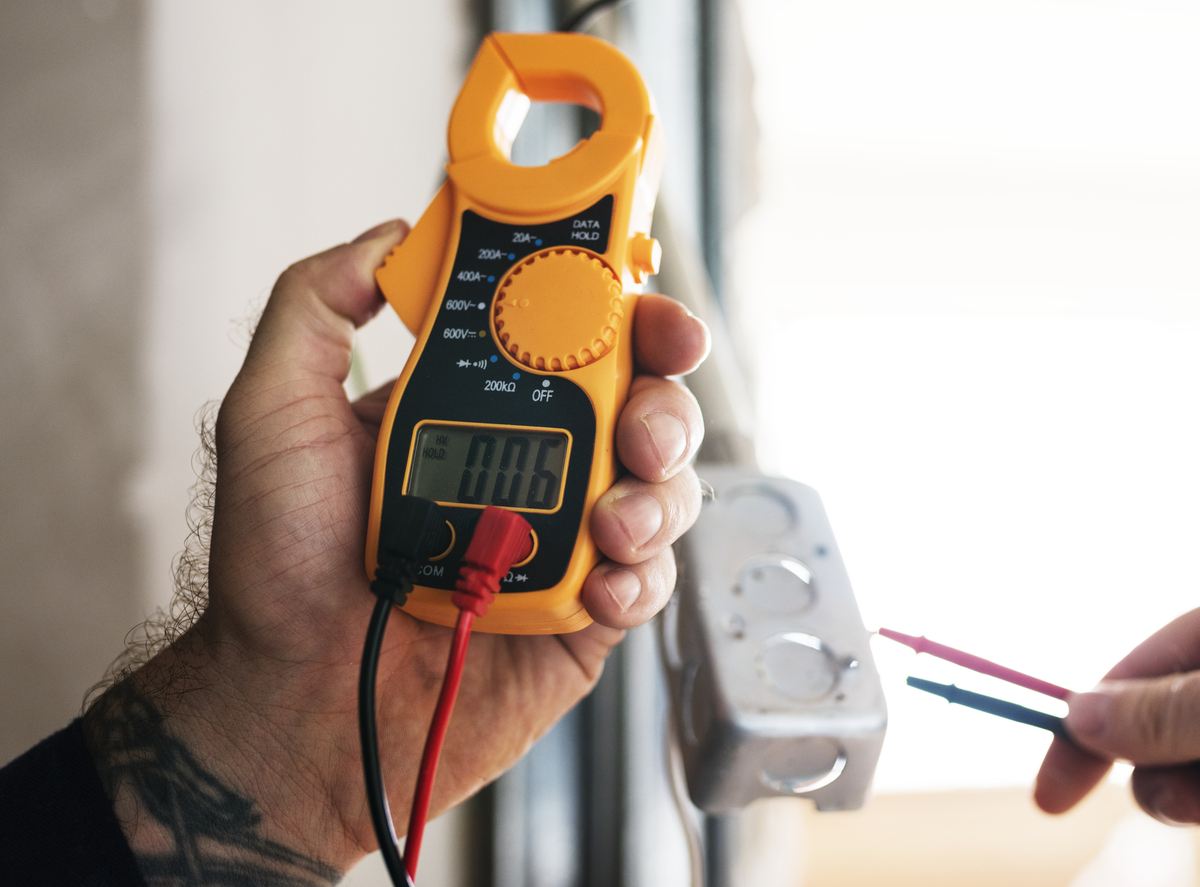
Types of Construction Safety Sensors
A wide variety of safety sensors have been created to track numerous possible risks in an effort to make construction sites safer. Any types of construction safety sensors have a specific function and are essential for assuring workers’ safety and increasing the effectiveness of the entire project. The most popular categories of construction safety sensors are examined in this section, along with some of their uses.
Proximity Sensors: These are among the most often used safety sensors in the construction safety sensors industry. They employ technologies like infrared, ultrasonic, or electromagnetic waves to find people or objects within a certain distance.
Motion Sensors: Motion sensors are made to keep an eye on how people, machinery, and other items move about certain spaces. They can spot risky behavior, unauthorized entry into forbidden areas, and unexpected movements that might cause accidents. Construction sites may be secured during off-hours, possible intruders can be dissuaded, and safety procedures are followed with the use of motion sensors.
Gas Detectors: Due to the presence of dangerous gases including carbon monoxide, methane, and hydrogen sulfide, construction sites may present concerns. Gas detectors monitor air quality and identify the presence of dangerous gases using a variety of technologies, including electrochemical, infrared, and catalytic beads.
Temperature Sensors: Temperature sensors are necessary for keeping track of the ambient temperature and spotting anomalous changes that could be an indication of a fire or severe weather. Temperature variations can result in fire risks in building materials, electrical equipment, or defective wiring. Temperature sensors inform staff as soon as abnormal heat levels are found, allowing for quick action and fire suppression measures.
Structural Integrity Sensors: When developing huge structures or infrastructure, structural integrity sensors are essential. These sensors keep an eye on and evaluate the structural stability of buildings, looking for any indications of stress, deformation, or potential flaws. These sensors support the maintenance of safe construction safety sensors procedures by continuously monitoring structural components like beams, columns, and foundations.
Wearable Sensors: As they give an extra layer of security for individual workers, wearable safety sensors are growing in popularity. These gadgets may have functions like fall detection, heart rate monitoring, and GPS tracking and can be integrated into personal protective equipment (PPE) like helmets, vests, or gloves.
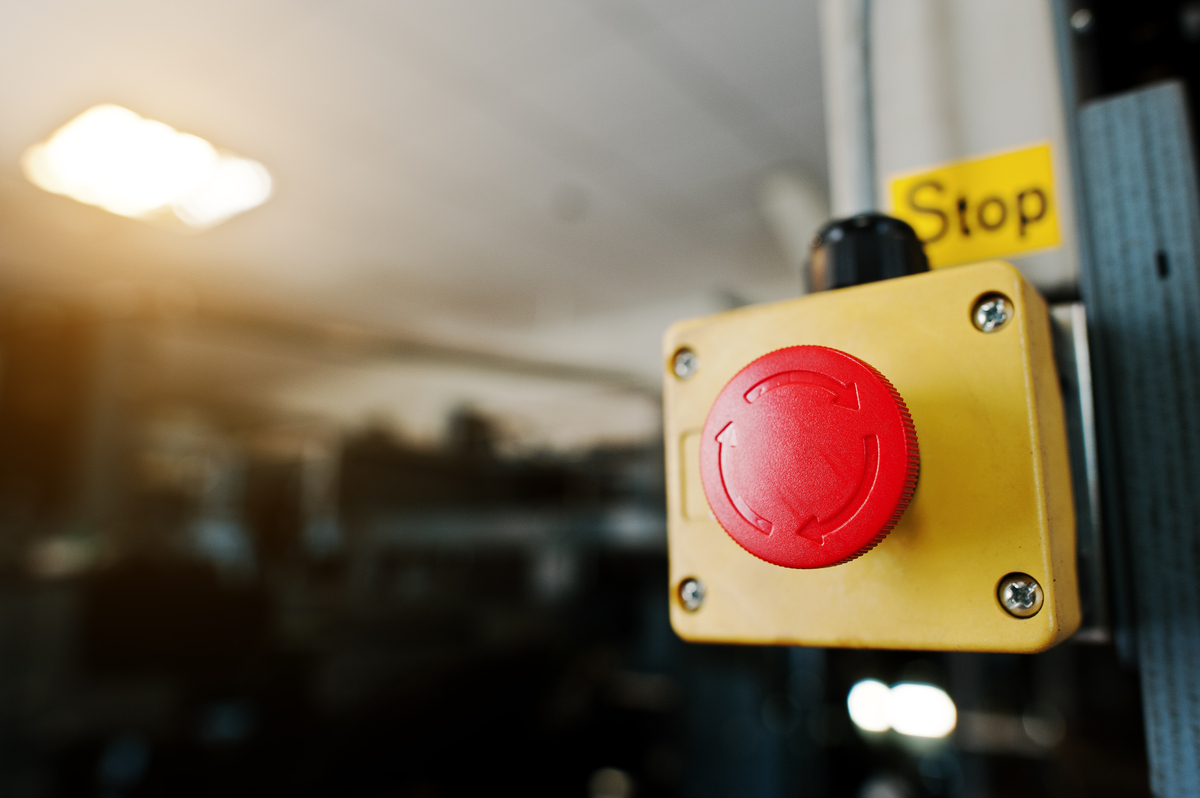
Advancements in Safety Sensor Technology
The management of safety on building sites has changed as a result of the impressive improvements in safety sensor technology throughout the years. Safety sensors have improved in sophistication, accuracy, and versatility as technology advances, enabling proactive risk management and promoting a safety culture. This section examines several significant developments in safety sensor technology and how they affect worker safety on construction safety sensors.
Integration of Machine Learning and Artificial Intelligence:
The incorporation of AI and machine learning algorithms is one of the most important developments in safety sensor technology. Large volumes of data may be analyzed in real time by AI-powered safety sensors, which enables them to spot possible safety concerns and patterns that could otherwise go undetected.
Suggested article for reading: Machine Learning in Construction
Analysis of the Future and Early Warning Systems:
Safety sensors are now able to anticipate potential safety concerns before they happen thanks to the combination of AI and machine learning. Safety sensors can give workers and project managers early warnings by examining previous data and real-time inputs, enabling them to take appropriate precautions and reduce risks.
Wearable Safety Sensors:
Workers’ safety has been revolutionized by wearable safety sensors. Workers can monitor vital signs, detect falls, and measure physiological stress levels by wearing these small, lightweight gadgets. Additionally, they enable in-the-moment communication between workers and safety personnel, ensuring prompt action in an emergency.
Networks of Safety Enabled by IoT:
Through the facilitation of seamless connection and data exchange across diverse safety devices and systems, the Internet of Things (IoT) has transformed safety sensor technology. Construction safety sensors may be viewed holistically thanks to IoT-enabled safety networks, which combine data from many sensors and devices into a centralized monitoring system.
Utilizing Drones for Safety Inspections:
The usage of safety sensor-equipped drones for safety checks on building sites is growing. These airborne cameras can access dangerous or difficult-to-reach locations and record high-definition photos and video. The data can then be analyzed by safety professionals to spot any dangers to safety and take the necessary precautions.
Suggested article for reading: Drones in Construction
Alerts & Real-Time Monitoring:
Safety sensors can now instantly warn the appropriate staff and provide real-time monitoring thanks to developments in communication technology. Safety sensors can quickly indicate possible risks, enabling prompt action, whether they are detecting dangerous gas levels, unlawful access to restricted locations, or equipment faults.
The number of accidents and injuries on construction safety sensors sites has dramatically decreased because of these improvements in safety sensor technology. Construction safety sensors organizations may improve project productivity, provide safer working environments, and ultimately save lives by implementing these cutting-edge technologies.
Suggested article for reading: Construction Monitoring

Benefits and Challenges of Safety Sensors in Construction
By providing real-time monitoring and early warning systems to safeguard workers and improve general safety on job sites, construction safety sensors have changed the industry. There are a number of advantages they provide, but there are also some issues that need to be resolved. The benefits of safety sensors in construction safety sensors are examined in this section, along with the major obstacles that stakeholders must surmount before they can be successfully implemented.
Safety Sensor Advantages in Construction:
- Accident Avoidance
- Enhancing Safety Compliance
- Better Worker Awareness
- Making Decisions Based on Data
- Efficiency and Productivity
Construction Safety Sensors’ Challenges:
- Cost
- Arrangement and Compatibility
- Management of Data and Privacy
- Training and Acceptance of Users
- Calibration and False Alarms
The advantages of construction safety sensors exceed the drawbacks notwithstanding these difficulties. Addressing these issues will become easier as technology develops, significantly improving construction safety and defending the lives of employees on building sites.
Regulations and Standards
Safety is a primary concern in the construction safety sensors sector, and the usage of safety sensors is subject to a number of rules and guidelines. These rules are in place to make sure that construction safety sensors are used correctly and that they improve workplace safety. The main rules and specifications that control the use of construction safety sensors are examined in this section.
Occupational Safety and Health Administration (OSHA): In the US, OSHA is a well-known regulatory authority that establishes and upholds safety regulations.
International Electrotechnical Commission (IEC): International standards for electrical, electronic, and related technologies are offered by the IEC. Relevant standards for safety instrumented systems, which contain safety sensors, include IEC 61508 and IEC 61511.
National Fire Protection Association (NFPA): A complete set of fire safety norms and standards is created and maintained by NFPA.
American National Standards Institute (ANSI): Construction is one of the industries where voluntary consensus standards are being developed under the direction of ANSI.
European Union Directives: Construction firms operating in Europe are required to abide by EU regulations pertaining to workplace safety, such as the Construction Products Regulation (EU) 305/2011 and the Machinery Directive (2006/42/EC).
For construction safety sensors businesses to guarantee the efficiency and dependability of safety sensors and to offer a safer working environment for construction workers, compliance with these rules and requirements is crucial.
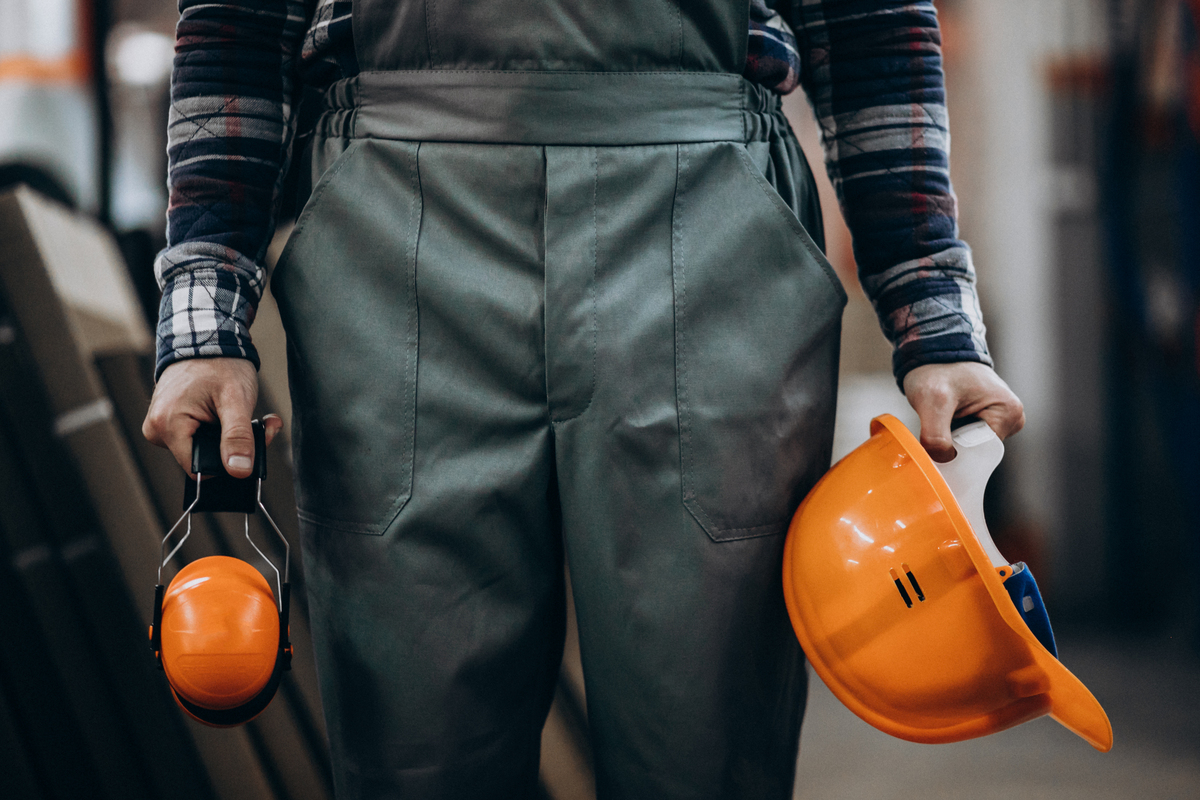
Future Outlook
Given how quickly technology is developing, the future of building safety sensors is extremely promising. These sensors are poised to change workplace safety in construction safety sensors with continued research and development. The incorporation of machine learning and artificial intelligence into safety sensor systems is a crucial part of the future vision. As a result, the sensors will be able to lessen the likelihood of accidents by not only detecting possible hazards but also analyzing data patterns and providing predictive safety suggestions.
Additionally, more responsive and linked construction safety sensors sites will result from the convergence of safety sensors and the Internet of Things (IoT). Wearable safety gadgets will be provided for employees, and smart sensors will be integrated into equipment to create a comprehensive safety network. Situational awareness will be improved, and emergency reaction time will be sped up, by real-time data transfer and centralized monitoring systems.
Stakeholders in the sector are likely to make significant investments in these technologies to improve worker safety and project effectiveness as it becomes an even higher priority.
Case Studies
Understanding the actual uses and advantages of building safety sensors depends heavily on real-world case studies. These studies show how these sensors have been successfully used in numerous construction safety sensors projects to increase project efficiency, improve worker safety, and reduce possible dangers. Let’s investigate a few intriguing case studies that demonstrate the value of building safety sensors.
High-Rise Building Project:
Safety sensors were deployed all around the construction safety sensors site of a sizable high-rise project to keep an eye on worker mobility, machinery functioning, and structural integrity. Motion sensors on cranes and scaffolding quickly notified supervisors if they discovered any risky activity or unlawful entry. Heavy machinery and moving vehicles were equipped with proximity sensors to prevent collisions and lower the risk of accidents.
Tunnel Construction:
Gas detectors and environmental sensors were used in a tunnel construction safety sensors project to monitor the air quality and find the presence of dangerous gases. This made it possible for staff members to react rapidly to any potential gas leaks or hazardous situations. In order to help protect workers from heat-related ailments, temperature sensors were also utilized to track the temperature within the tunnel.
Bridge Rehabilitation Project:
Structural integrity sensors were used to continuously check the status of the bridge’s parts while an old bridge was being repaired. Engineers were able to quickly address possible problems because these sensors picked up on any indications of stress or structural damage. Public and employee safety was guaranteed thanks to this real-time monitoring, which also prevented catastrophic failures.
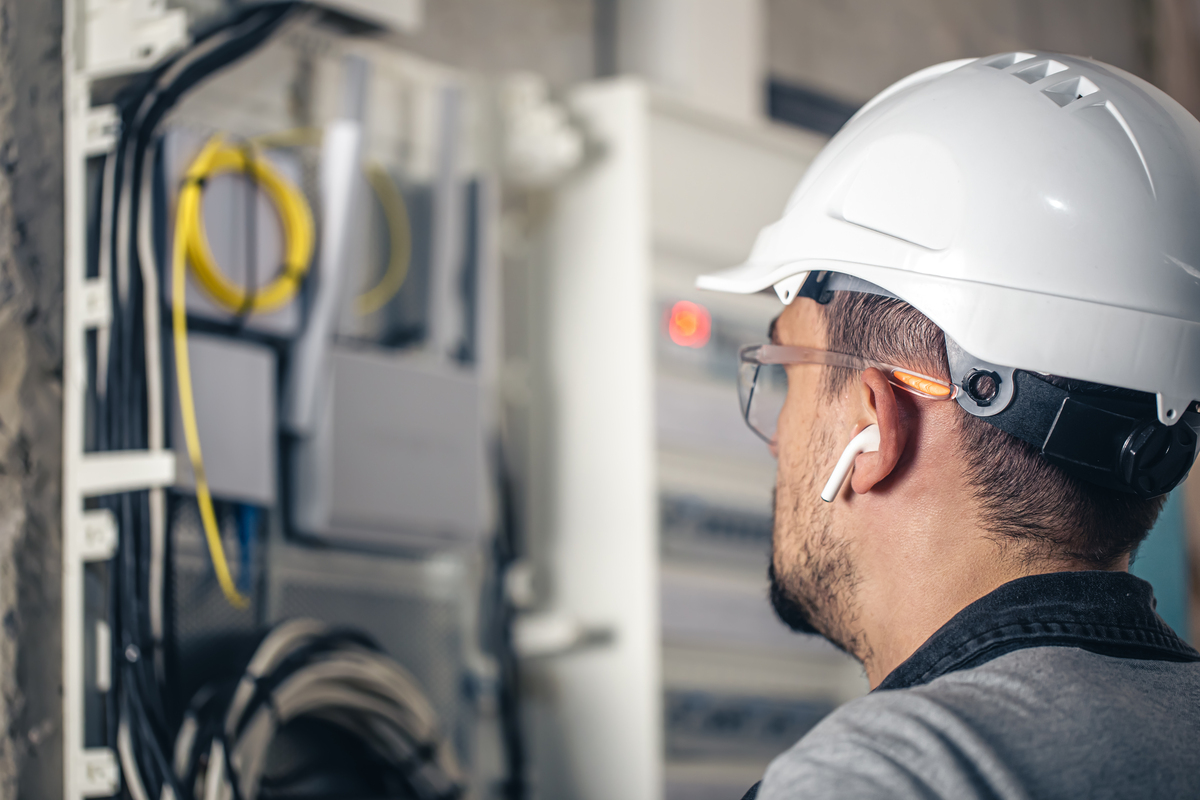
Conclusion
In 2024, workplace safety and risk management will undergo a revolution thanks to the development of construction safety sensors. These smart gadgets have demonstrated their value in proactively identifying possible risks and managing them, assuring worker safety and the efficient completion of projects.
Construction safety sensors now provide real-time monitoring, predictive analysis, and seamless connection with other construction safety sensors management systems thanks to technological improvements. These sensors have revolutionized safety procedures on construction sites, from proximity sensors that avoid collisions to gas detectors that protect against dangerous exposures.
The development of safety sensors will undoubtedly continue to play a crucial role in the construction safety sensors industry in the years to come, driven by continued research, development, and adherence to legal requirements. Adopting these revolutionary technologies will pave the way for a safer and more successful future in the construction safety sensors industry by fostering a culture of safety as well as improving productivity and efficiency.
Suggested article for reading:
Important Construction Technology in 2024
7 Important Building Technology Ideas for 2024
Resources:
National Fire Protection Association | National Institute for Occupational Safety and Health | Occupational Safety and Health Administration | International Electrotechnical Commission | American National Standards Institute | European Commission
Journal Articles:
- Ahmad, I., Lee, H., & Kim, C. (2020). A Review of AI and IoT Integration for Enhancing Construction Site Safety. Applied Sciences, 10(2), 482.
- Bu, F., Jiang, M., & Chang, R. (2018). Development of an Early Warning System for Construction Safety Management Based on Internet of Things. Automation in Construction, 86, 261-273.
- Cheng, T., & Teizer, J. (2013). Safety helmet wear detection in construction workers. Automation in Construction, 33, 55-61.
- Dikmen, S. U., Tarkan, A. N., & Birgonul, M. T. (2020). Integrating IoT and BIM for Construction Equipment Safety Management. Journal of Construction Engineering and Management, 146(11), 04020100.
- Farhadian, F., Nasirzadeh, F., & Moghaddam, M. (2017). An Overview of RFID Technology in Construction Industry. International Journal of Civil Engineering, 15(3), 415-423.
- Fung, I. W. H., Chew, D. A. S., & Tsang, A. H. C. (2021). Wearable Technology for Enhancing Construction Safety: A Review. Automation in Construction, 122, 103517.
- Hao, L., Anumba, C. J., & Bouchlaghem, D. (2019). Smart Helmet: A Safety System for Construction Workers. Safety Science, 113, 104-110.
- ISO 22339:2018. (2018). Personal Protective Equipment for Gas, Vapor, Air Quality, and Particulate Hazard Detection – Requirements. International Organization for Standardization (ISO).
- Johnson, A., et al. (2021). Real-time Monitoring of Hazardous Gases in Construction Sites using IoT-enabled Sensors. Journal of Construction Engineering and Management, 147(8), 04021024.
- Kim, M., Moon, H., & Kim, J. (2020). Development of an AI-Based Safety Management System for Construction Sites. Journal of Construction Engineering and Management, 146(7), 04020057.
- Lam, K. C., Chan, G. K., & Chan, D. W. (2020). Construction Safety Management Using Proximity Sensing Technology. Automation in Construction, 110, 103016.
- Lam, K. C., Chan, G. K., & Chan, D. W. (2020). Construction Safety Management Using Proximity Sensing Technology. Automation in Construction, 110, 103016.
- Le, T. A., Nguyen, H. T., & Zou, P. X. (2019). Integrating Artificial Intelligence with Wearable Internet-of-Things Sensors for Construction Safety Management. Journal of Building Engineering, 26, 100868.
- Leite, F., & Aouad, G. (2017). Integrating Building Information Modelling with Internet of Things for Construction Safety Management. Journal of Safety Research, 62, 75-86.
- Musa, S., Salleh, M., & Khalid, N. (2020). Review of Proximity Warning System for Mobile Construction Equipment. Engineering, Technology & Applied Science Research, 10(3), 5827-5831.
- Pan, Z., Zhang, J., & Wang, X. (2020). A Comprehensive Review of IoT Applications in Construction Safety. Safety Science, 121, 185-197.
- Park, J. H., Kim, H. S., Park, M. K., & Lee, S. H. (2021). Development and Application of a Real-Time Construction Safety Management System using IoT and Wireless Communication Technologies. Sensors, 21(5), 1565.
- Santos, A. P., Jannuzzi, G. M., & Nunes, G. P. (2020). Enhancing Safety in Construction through the Use of IoT-based Safety Sensors. Safety Science, 131, 104879.
- Shashank, K., Pardeshi, P., & Wadhai, V. (2019). Design and Implementation of a Smart Safety Helmet using IoT for the Construction Industry. International Journal of Advanced Research in Computer and Communication Engineering, 8(8), 100-104.
- Shin, Y., Son, M., & Kang, S. (2022). Real-time Structural Health Monitoring System for Bridge Rehabilitation Projects. Structure and Infrastructure Engineering, 18(1), 123-135.
- Si, Y. W., Bai, S., Shen, G. Q., & Wu, P. (2019). Construction Safety Management using Proximity Sensing Technology: State-of-the-Art Review. Automation in Construction, 99, 211-224.
- Son, H., Yang, M. H., & Lee, J. (2019). Improving Construction Safety Management Using Proximity Sensors and Unmanned Aerial Vehicles. Automation in Construction, 98, 179-190.
- Tay, R., Lu, W., & Wang, X. (2019). A Review of Proximity Warning Systems for Construction Safety Enhancement. Safety Science, 117, 189-201.
- Wang, X., Wang, J., & Xiao, J. (2022). Smart Wearables for Construction Safety Management: A Review. Safety Science, 141, 105559.
- Waris, M., Tadeo, T. A., & Fagbenle, O. I. (2020). Design and Development of an Advanced Proximity Warning System for Mobile Construction Equipment. Safety Science, 121, 484-495.
- Zhang, J., Teizer, J., & Lee, J. (2019). Internet of Things (IoT) for Sensing-based Construction Safety Monitoring and Visualization. Automation in Construction, 99, 1-10.
- Zhang, X., & Chen, X. (2019). A Survey on Gas Sensing Technology in the Construction Safety Domain. Journal of Construction Engineering and Management, 145(11), 04019092.
For all the pictures: Freepik



